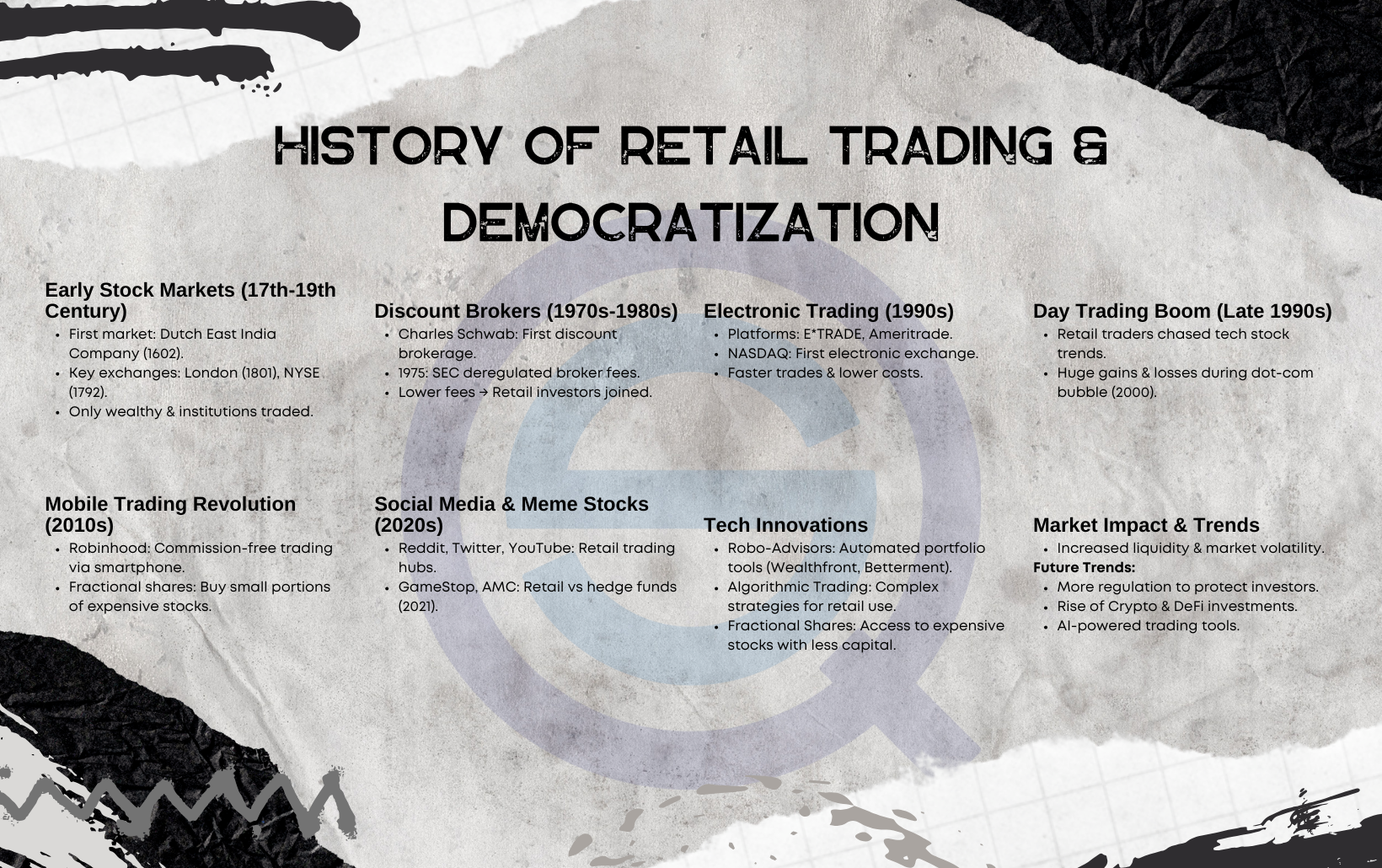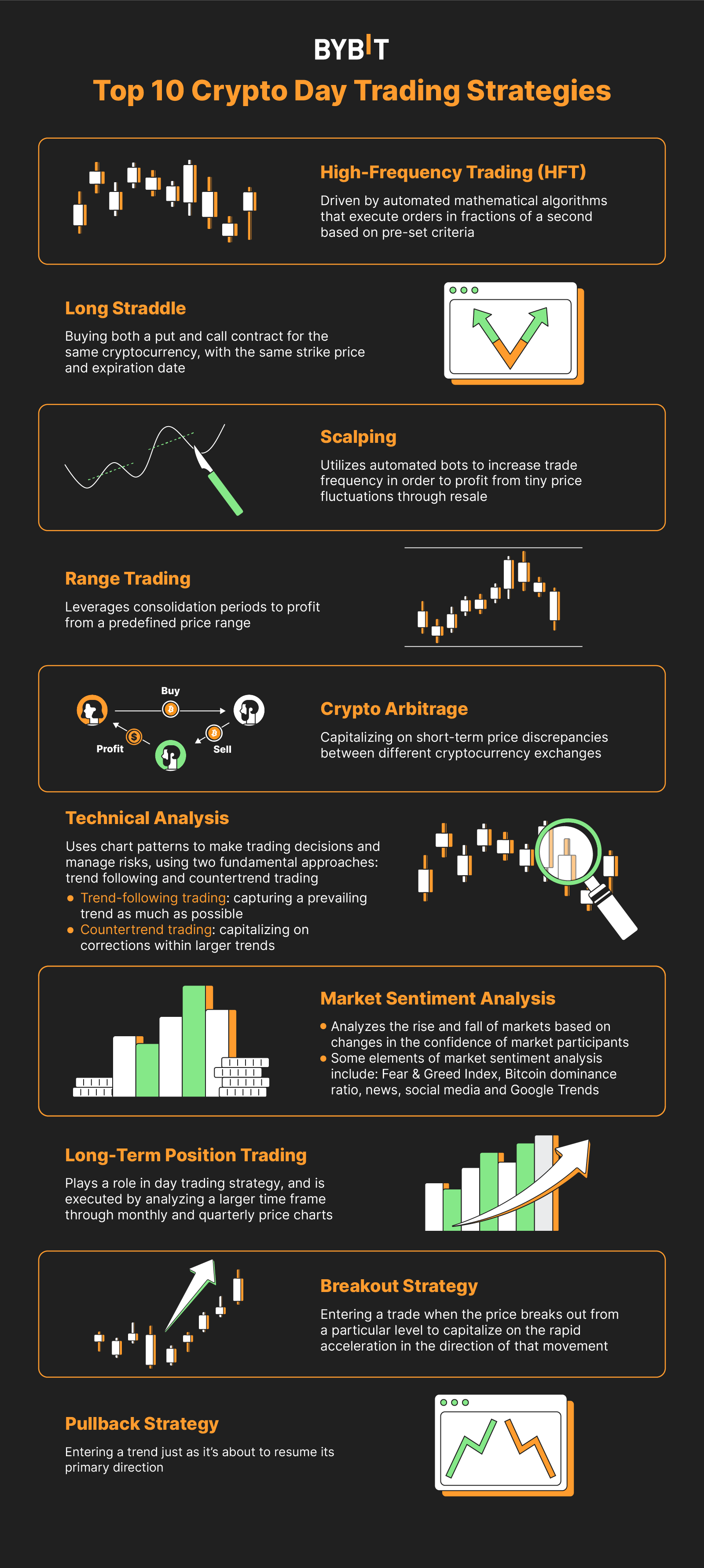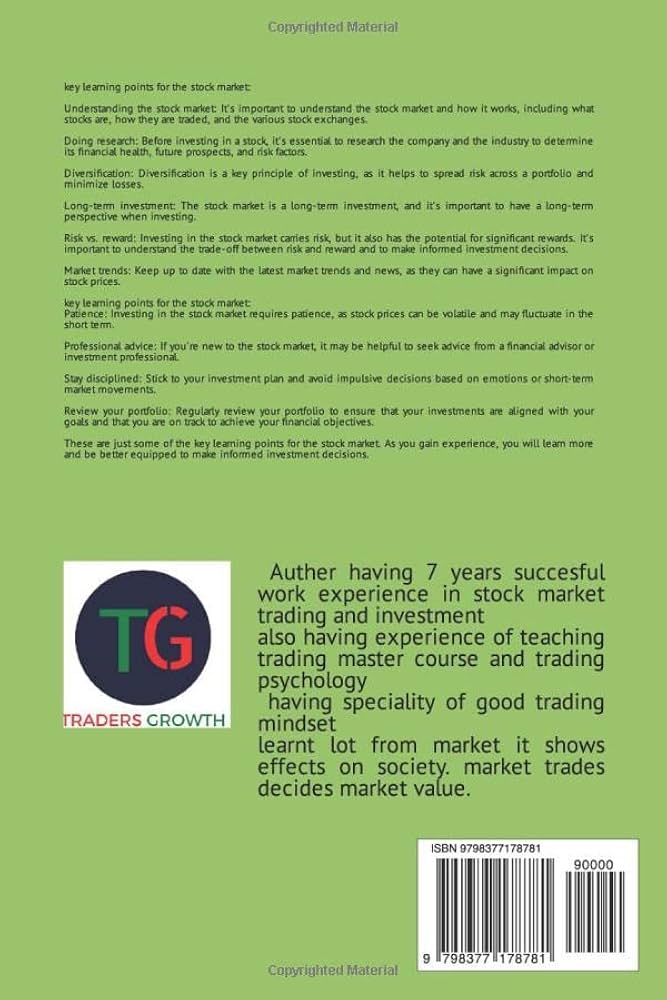Did you know that the average day trader spends more time analyzing charts than a chef spends perfecting a soufflé? As the landscape of day trading evolves, several key trends are shaping its future. This article delves into the technological advancements influencing trading practices, the impact of artificial intelligence and algorithms, and the effects of regulatory changes on trading strategies. Additionally, we explore emerging markets, the role of social media, and essential tools for future traders. With increased market volatility, understanding risks and psychological factors is crucial for building sustainable strategies. Finally, we highlight educational resources and community trends that aspiring day traders can leverage. Stay ahead of the curve with insights from DayTradingBusiness!
What are the key trends shaping the future of day trading?
Key trends shaping the future of day trading include increased use of artificial intelligence for trading algorithms, the rise of mobile trading apps, and the growing popularity of social trading and influencer insights. Additionally, the expansion of cryptocurrency trading platforms and increased regulatory scrutiny are influencing market dynamics. Enhanced data analytics and real-time information access are also crucial, allowing traders to make quicker, more informed decisions. Finally, the shift towards decentralized finance (DeFi) is creating new opportunities and risks for day traders.
How is technology influencing day trading practices?
Technology is reshaping day trading by enhancing speed, accessibility, and data analysis. High-frequency trading algorithms execute orders in milliseconds, allowing traders to capitalize on small price movements. Advanced trading platforms provide real-time data and analytics, enabling better decision-making. Mobile apps have made day trading more accessible, allowing traders to operate from anywhere. Social trading networks facilitate sharing strategies and insights, fostering community learning. Additionally, artificial intelligence is increasingly used for predictive analytics, helping traders identify trends and optimize strategies.
What role do artificial intelligence and algorithms play in day trading?
Artificial intelligence and algorithms play a crucial role in day trading by analyzing vast amounts of market data in real-time. They identify patterns, predict price movements, and execute trades at high speeds, often outperforming human traders. AI-driven tools can optimize trading strategies, manage risk, and adjust to market changes instantly. As technology evolves, these systems will become even more sophisticated, potentially reshaping strategies and enhancing profitability in day trading.
How are regulatory changes affecting day trading strategies?
Regulatory changes are tightening rules around leverage, reporting requirements, and trading practices, which directly impact day trading strategies. Increased margin requirements reduce the amount of capital traders can use, limiting potential profits. Stricter reporting mandates can slow down trading activities and require more documentation. Additionally, regulations aimed at preventing market manipulation may restrict certain high-frequency trading techniques. As a result, day traders must adapt by focusing on risk management and developing strategies that comply with the new regulations.
What emerging markets should day traders consider in the future?
Day traders should consider emerging markets like Vietnam, India, and Brazil. These countries have growing economies, increasing market liquidity, and expanding technology sectors. Additionally, Nigeria and Indonesia are gaining traction due to their youthful populations and digital transformation. Traders should also keep an eye on cryptocurrency markets in regions like Africa and Southeast Asia, where blockchain adoption is rising.
How is social media impacting day trading trends?

Social media is significantly impacting day trading trends by influencing market sentiment and providing real-time information. Platforms like Twitter and Reddit enable traders to share tips, strategies, and stock picks instantly, creating viral trends that can drive rapid price movements. This has led to increased volatility, as traders react quickly to social media commentary. Additionally, social media fosters communities where traders discuss tactics, which can amplify trends and create herd behavior. Overall, social media is shaping day trading by accelerating information flow and altering traditional trading dynamics.
What tools and platforms are essential for future day traders?
Essential tools and platforms for future day traders include advanced trading platforms like Thinkorswim, TradeStation, and MetaTrader for robust charting and analysis. Real-time data feeds such as Bloomberg Terminal or Reuters provide critical market insights. Risk management tools like stop-loss orders and portfolio tracking apps help mitigate losses. Additionally, utilizing algorithmic trading software can automate strategies for efficiency. Social trading platforms like eToro foster community insights and shared strategies, enhancing decision-making. Finally, mobile trading apps ensure traders can act quickly from anywhere.
How can day traders adapt to increased market volatility?
Day traders can adapt to increased market volatility by implementing stricter risk management strategies, such as setting tighter stop-loss orders and reducing position sizes. They should also focus on technical analysis to identify quick entry and exit points. Utilizing volatility indicators, like the Average True Range (ATR), can help adjust trading strategies in real time. Additionally, staying informed about economic news and events can provide insights into potential market movements. Lastly, maintaining discipline and avoiding emotional trading are crucial during volatile times.
What Are Key Trends Shaping the Future of Day Trading?
Day trading is the practice of buying and selling financial instruments within the same trading day, aiming to capitalize on short-term price movements. The future of day trading includes trends like increased use of artificial intelligence, the growth of commission-free trading platforms, and the rise of cryptocurrency trading.
Learn more about: What is Day Trading?
What are the risks associated with future day trading?
Future day trading risks include increased volatility, regulatory changes, and technological failures. Traders may face significant losses due to rapid market shifts or unexpected news. High-frequency trading algorithms can create unpredictable price movements. Additionally, reliance on trading platforms poses risks; outages or glitches can result in missed opportunities or unexecuted trades. Lastly, psychological stress from constant market monitoring can lead to poor decision-making.
How is the rise of cryptocurrencies changing day trading?

The rise of cryptocurrencies is transforming day trading by increasing volatility and creating new trading opportunities. Traders can capitalize on rapid price swings, often within hours or minutes. The 24/7 market allows for constant trading, unlike traditional stock markets with set hours. Additionally, advanced trading tools and platforms tailored for crypto have emerged, enhancing analysis and execution. Finally, the growing acceptance of cryptocurrencies is attracting more participants, increasing liquidity and trading volume.
What educational resources are available for aspiring day traders?
Aspiring day traders can access various educational resources to enhance their skills. Online courses from platforms like Udemy or Coursera offer structured learning. Websites like Investopedia provide articles and tutorials on trading strategies and market analysis. YouTube channels focused on trading can offer insights through live trading sessions. Books such as "A Beginner's Guide to Day Trading Online" by Toni Turner are also valuable. Additionally, joining trading communities on forums or social media can provide real-time advice and support from experienced traders.
How will economic indicators influence day trading in the coming years?
Economic indicators will significantly influence day trading by impacting market volatility and trader sentiment. Key indicators like GDP growth, unemployment rates, and inflation will guide traders in making quick decisions. For instance, a strong jobs report may lead to bullish sentiment, prompting traders to buy stocks. Conversely, rising inflation could trigger sell-offs. Traders will increasingly use real-time data to react swiftly to these indicators, making economic news releases critical moments for day trading strategies. Adapting to these trends will be essential for success in the evolving market landscape.
What psychological factors should future day traders be aware of?

Future day traders should be aware of several psychological factors:
1. Emotional Discipline: Control over emotions like fear and greed is crucial. Emotional trading can lead to impulsive decisions and losses.
2. Risk Tolerance: Understanding personal risk tolerance helps in making informed trading choices and managing stress.
3. Cognitive Biases: Be mindful of biases like overconfidence and loss aversion, which can skew judgment and lead to poor trades.
4. Patience and Persistence: Successful trading often requires waiting for the right opportunities and sticking to strategies despite setbacks.
5. Stress Management: High-stakes environments can lead to stress; developing coping mechanisms is vital for maintaining focus and clarity.
6. Adaptability: The market changes rapidly; being open to adjusting strategies based on new information is key to long-term success.
7. Mindset: A growth mindset fosters learning from mistakes and adapting strategies over time.
Awareness of these factors can enhance decision-making and improve overall trading performance.
How can day traders build a sustainable strategy for the future?
Day traders can build a sustainable strategy by focusing on these key elements:
1. Data-Driven Decisions: Use advanced analytics and real-time data to inform trades. Incorporate technical indicators that suit your trading style.
2. Risk Management: Set strict stop-loss orders and position sizes to minimize losses. A common rule is risking no more than 1-2% of your capital on a single trade.
3. Adaptability: Stay informed about market trends, news, and economic indicators. Be ready to adjust strategies based on changing market conditions.
4. Continuous Learning: Invest time in education—read books, attend webinars, and analyze past trades to improve skills.
5. Technology Utilization: Leverage trading platforms and tools for automation, backtesting, and algorithmic trading to enhance efficiency.
6. Psychological Resilience: Develop strong emotional control to manage stress and avoid impulsive trading decisions.
7. Networking: Connect with other traders to share insights and strategies, which can provide new perspectives and ideas.
Implementing these strategies can help day traders navigate the evolving landscape and build a sustainable approach for the future.
What community trends are emerging among day traders?
Emerging trends among day traders include increased use of algorithmic trading and AI tools for better decision-making. Social trading platforms are gaining traction, allowing traders to share strategies in real-time. There's a growing focus on cryptocurrency day trading, driven by volatility and new opportunities. Additionally, day traders are increasingly using mobile apps for trading on-the-go, emphasizing the need for quick access to market data. Finally, education and community engagement through online forums and webinars are becoming vital for skill development and networking.
How do global events impact day trading opportunities?
Global events significantly impact day trading opportunities by creating volatility and shifting market sentiment. For instance, geopolitical tensions can lead to rapid price fluctuations in commodities and currencies. Economic reports, like unemployment data or GDP growth, can trigger immediate market reactions, providing traders with short-term opportunities. Major news events, such as central bank announcements, often result in increased trading volume and price movement, allowing day traders to capitalize on quick gains. Staying informed about global developments is crucial for identifying these opportunities.
Learn about Impact of Economic Events on Futures Day Trading
Conclusion about The Future of Day Trading: Trends to Watch
In summary, the future of day trading is being shaped by technological advancements, regulatory changes, and evolving market dynamics. Traders must stay informed about key trends, including the rise of cryptocurrencies and the influence of social media. By leveraging essential tools, adapting to market volatility, and focusing on education, aspiring day traders can develop sustainable strategies for success. As these factors continue to evolve, DayTradingBusiness remains dedicated to providing the insights and resources needed to navigate this dynamic landscape effectively.